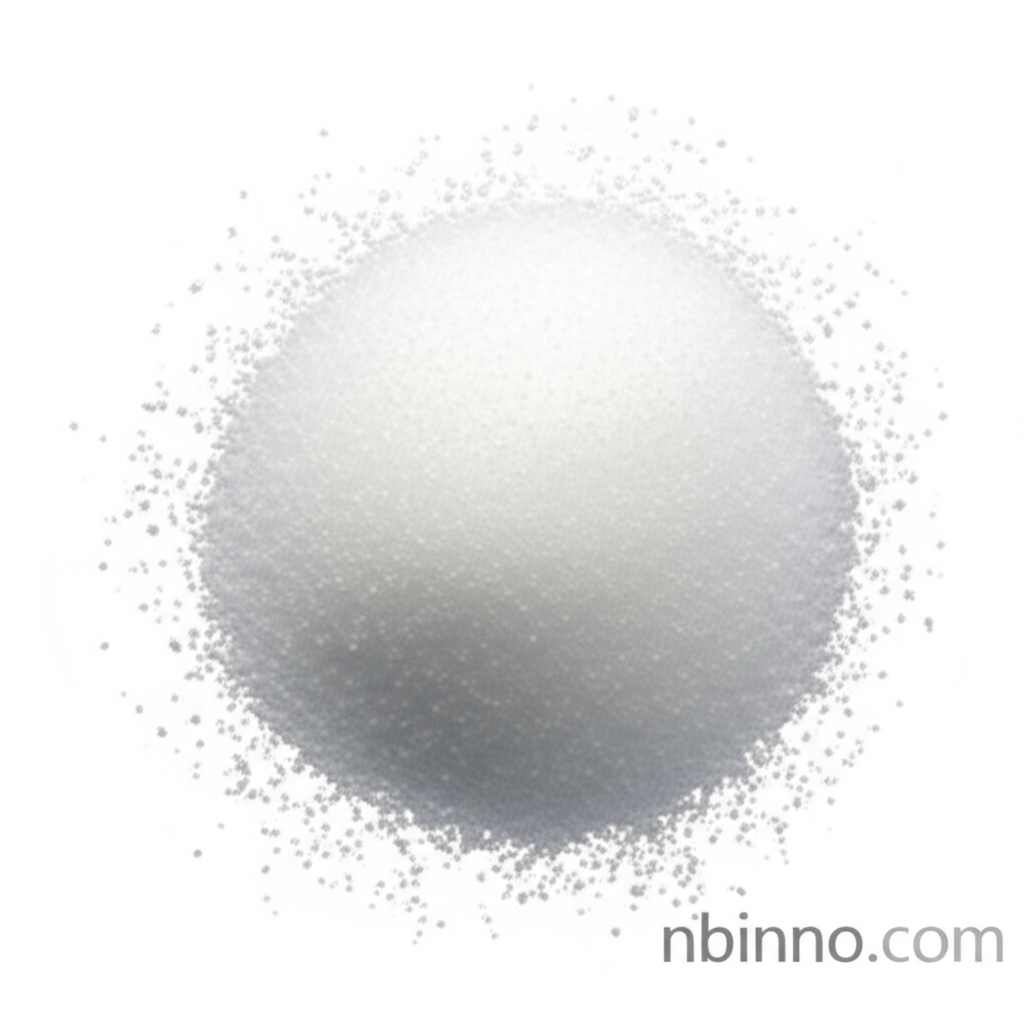Dibromomaleic Anhydride: Synthesis, Reactivity, and Applications
Explore the versatile applications of Dibromomaleic Anhydride in advanced materials and bioconjugation chemistry.
Get a Quote & SampleProduct Core Value

Dibromomaleic anhydride
Dibromomaleic anhydride is a key intermediate in organic synthesis, offering high electrophilicity due to its bromine substituents. It plays a crucial role in forming complex molecular architectures and functional materials. Its reactivity enables diverse applications from polymer science to bioconjugation, making it a vital component in advanced chemical research and development.
- Explore the various dibromomaleic anhydride synthesis routes to understand its preparation methods.
- Discover the broad dibromomaleic anhydride applications in bioconjugation, particularly in disulfide bridging.
- Understand the critical dibromomaleic anhydride chemical reactivity, including its role in cycloaddition reactions.
- Learn how dibromomaleic anhydride polymer synthesis contributes to the creation of advanced materials.
Key Advantages
Versatile Reactivity
The presence of two bromine atoms and an anhydride ring makes dibromomaleic anhydride a highly reactive molecule, ideal for a wide range of chemical transformations and applications.
Bioconjugation Tool
It is a critical precursor for developing reagents used in disulfide bridging and creating cleavable linkers, essential for antibody-drug conjugates (ADCs).
Materials Science Applications
Dibromomaleic anhydride is used in polymer synthesis to create functionalized polymers and materials with tailored properties, contributing to advancements in materials science.
Key Applications
Organic Synthesis
As a versatile intermediate, it's employed in various organic reactions, including Diels-Alder cycloadditions and nucleophilic substitutions, facilitating the creation of complex molecular structures.
Polymer Science
Its incorporation into polymers allows for the development of advanced materials with specific functionalities, contributing to innovation in polymer chemistry.
Biotechnology
Crucial for bioconjugation, it aids in protein modification, creating tools for drug delivery systems like antibody-drug conjugates (ADCs) and fluorescent labeling.
Materials Engineering
Its derivatives are explored for flame-retardant properties and in the creation of specialized materials, expanding its utility in engineering applications.
